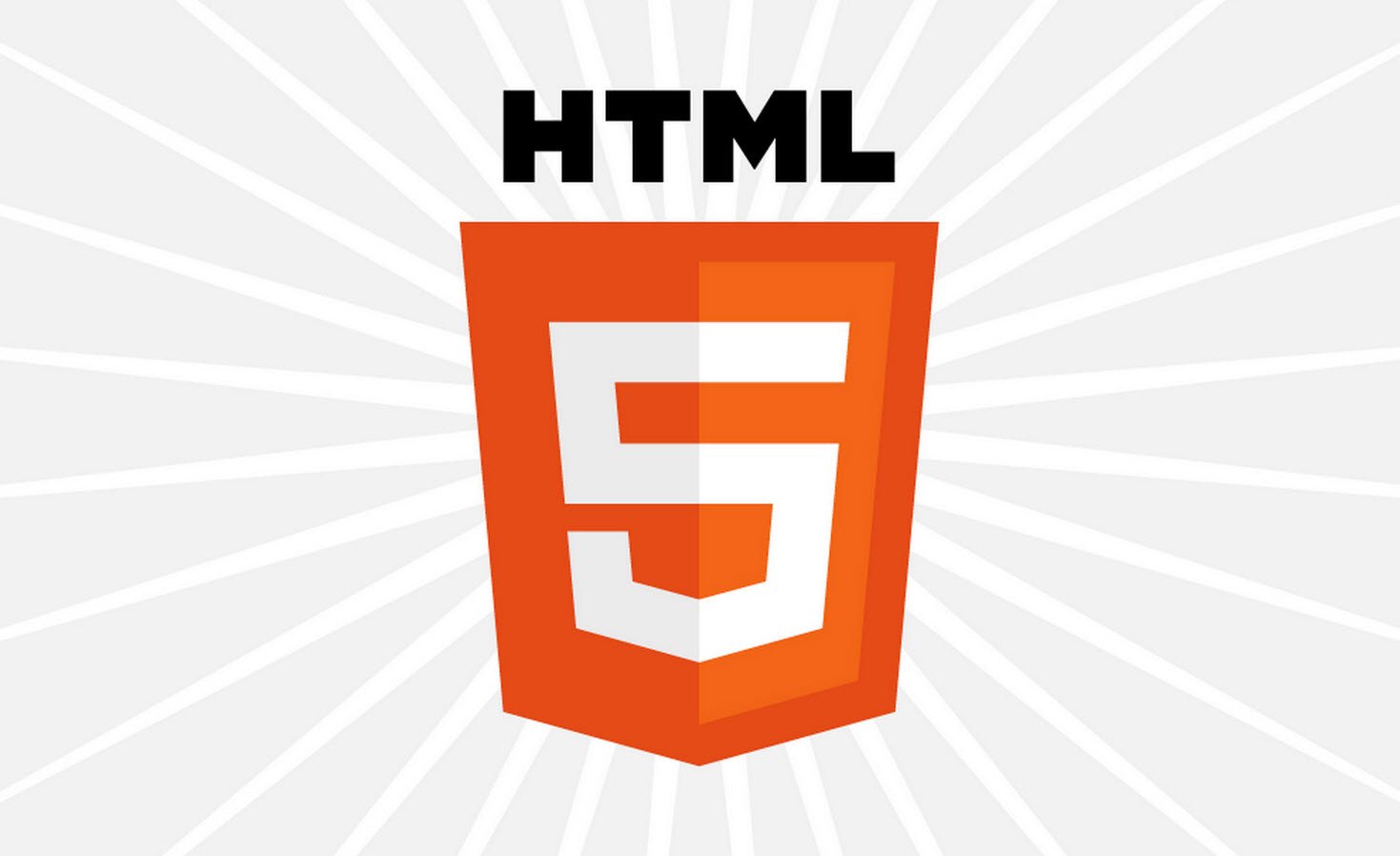
Embarking on a data science interview journey can be both exciting and challenging. With a landscape that varies across industries and companies, it’s essential to be well-prepared for the unique set of questions that might come your way.
From technical inquiries to personal concerns and leadership assessments, data science interviews aim to gauge your abilities and fit within the organizational culture.
Let’s explore some common and extra data science interview questions to help you navigate this landscape successfully.
Understanding the Data Science Interview Structure
Data science interviews often follow a structured format, starting with a phone interview and progressing to onsite interviews. The process typically involves a mix of technical and behavioral questions, along with a skills-related project. As you prepare, review your CV and portfolio, anticipating questions that showcase your technical prowess and alignment with the company.
While data science interviews cover fundamental concepts, additional questions can delve deeper into your knowledge and problem-solving skills. Here are some extra interview questions to broaden your preparation:
- Showcase your understanding of these key concepts, highlighting when each is applicable.
- Provide a detailed explanation of the Decision Tree algorithm, emphasizing its applications and workings.
- Define sampling and enumerate different sampling techniques you are familiar with.
- Explain the difference between these two types of errors in statistical hypothesis testing.
- Define linear regression and elaborate on terms like p-value, coefficient, and r-squared value.
- Provide insights into statistical interaction and its significance in data analysis.
- Explain what selection bias is and its implications in data science.
- Describe the characteristics of a data set with a non-Gaussian distribution.
- Define the Binomial Probability Formula and explain its functionality.
- Differentiate between k-NN clustering and k-means clustering.
- Outline the steps you would take to construct a logistic regression model.
- Explain the significance of the 80/20 rule in model validation.
- Define accuracy and recall, exploring their relationship to the ROC curve.
- Distinguish between L1 and L2 regularization approaches in machine learning.
- Provide insights into root cause analysis and its application in data science.
- Explain what hash table collisions are and how they are managed.
- Discuss the steps involved in data wrangling and cleaning before implementing machine learning algorithms.
- Differentiate between a histogram and a box plot, emphasizing their applications.
- Define cross-validation and elucidate how it works in the context of data science.
- Differentiate between false-positive and false-negative scenarios and discuss their implications.
- Share your perspective on the importance of model performance versus accuracy in machine learning model construction.
- Identify scenarios where general linear models might fail.
- Express your opinion on whether 50 small decision trees are preferable to a single large one and justify your stance.
- Enumerate and elaborate on the crucial tools and technical skills required for a data scientist.
- Explain how you would handle outlier values in a dataset.
- Share a moment when you were tasked with cleaning and organizing a large data collection, outlining your approach and key steps.
- Narrate a situation where you were a member of a multi-disciplinary team and describe your contributions and interactions.
- Elaborate on the differences between support vector machines and logistic regression, providing an example scenario for each.
- Define the integral representation of the ROC area under the curve.
- Devise a method using pins to determine the direction of a spinning disc whose direction is unknown.
- Discuss what you would do if removing missing values from a dataset resulted in bias.
- Identify metrics you would consider when addressing questions about a product’s health, growth, or engagement.
- Describe how you would validate a model created using multiple regression for predicting a quantitative outcome variable.
- Explain your approach when dealing with an unbalanced data set for prediction.
- Discuss the qualities you believe a competent data scientist should possess.
Conclusion
Preparation is key to success in data science interviews. By familiarizing yourself with a diverse range of questions, you’ll be better equipped to showcase your expertise and suitability for the role. Remember to communicate your thoughts clearly, exhibit problem-solving skills, and demonstrate how you’ve applied your knowledge in real-world scenarios. Good luck on your data science interview journey!









This Post Has 4 Comments